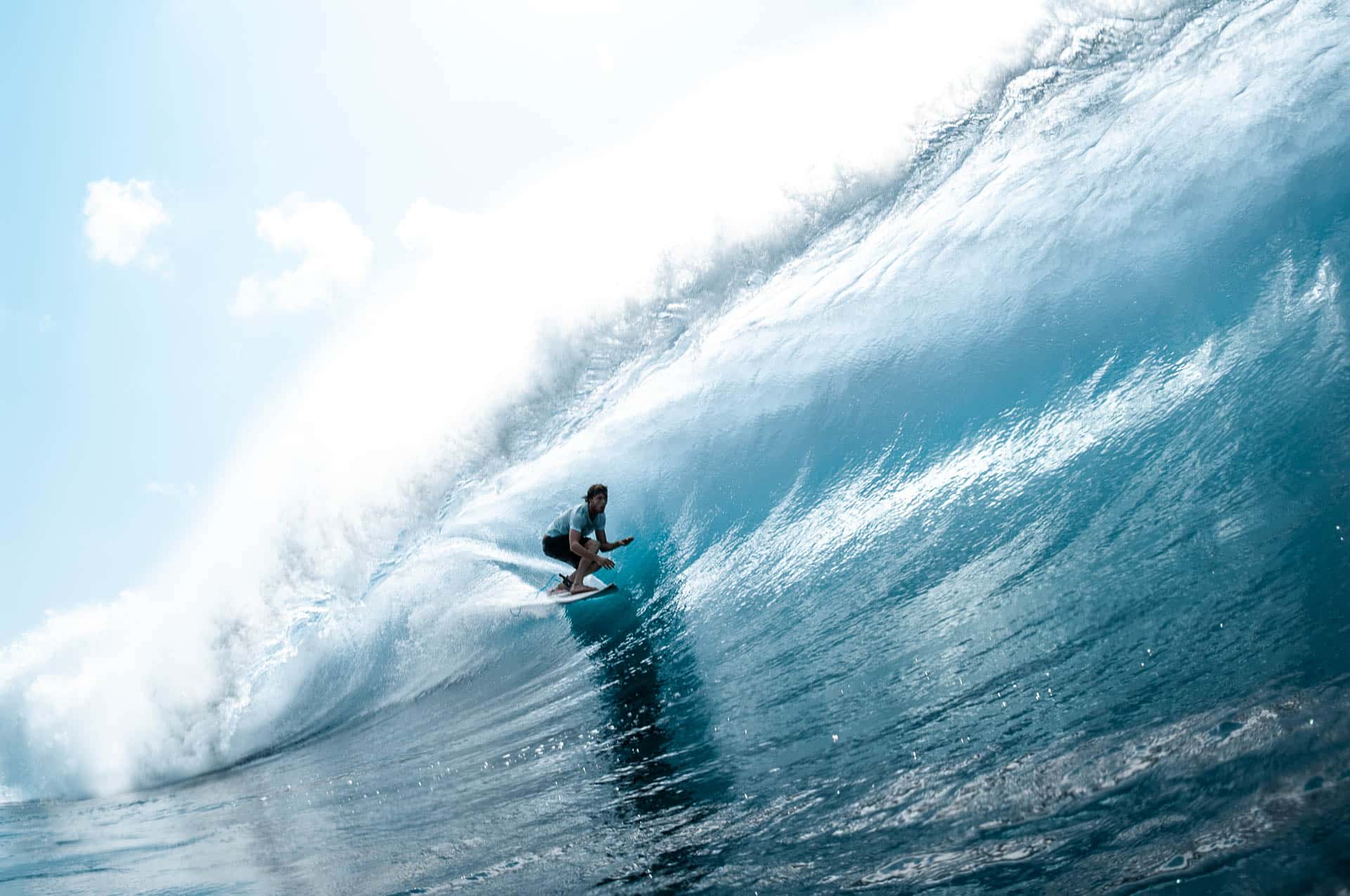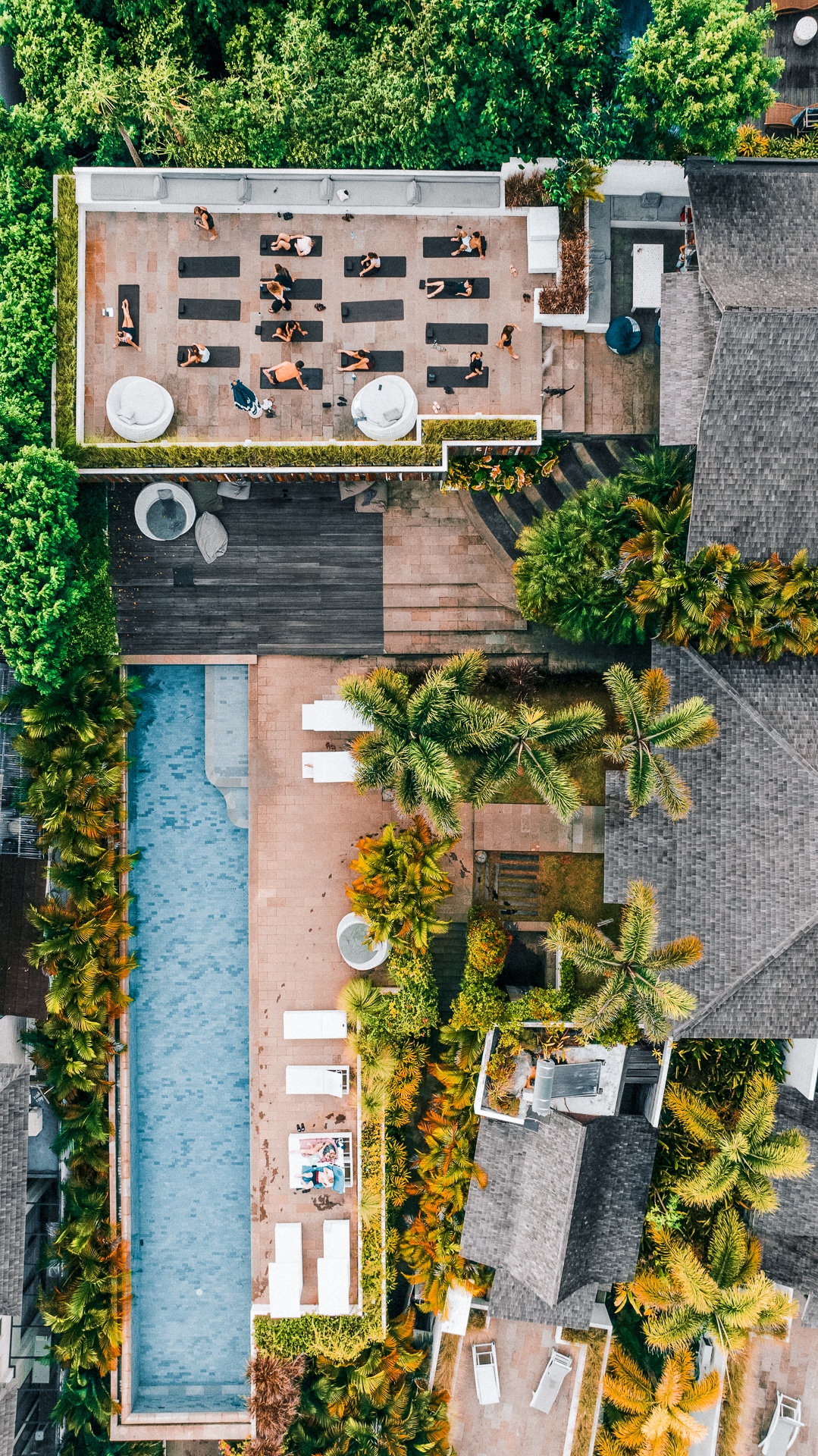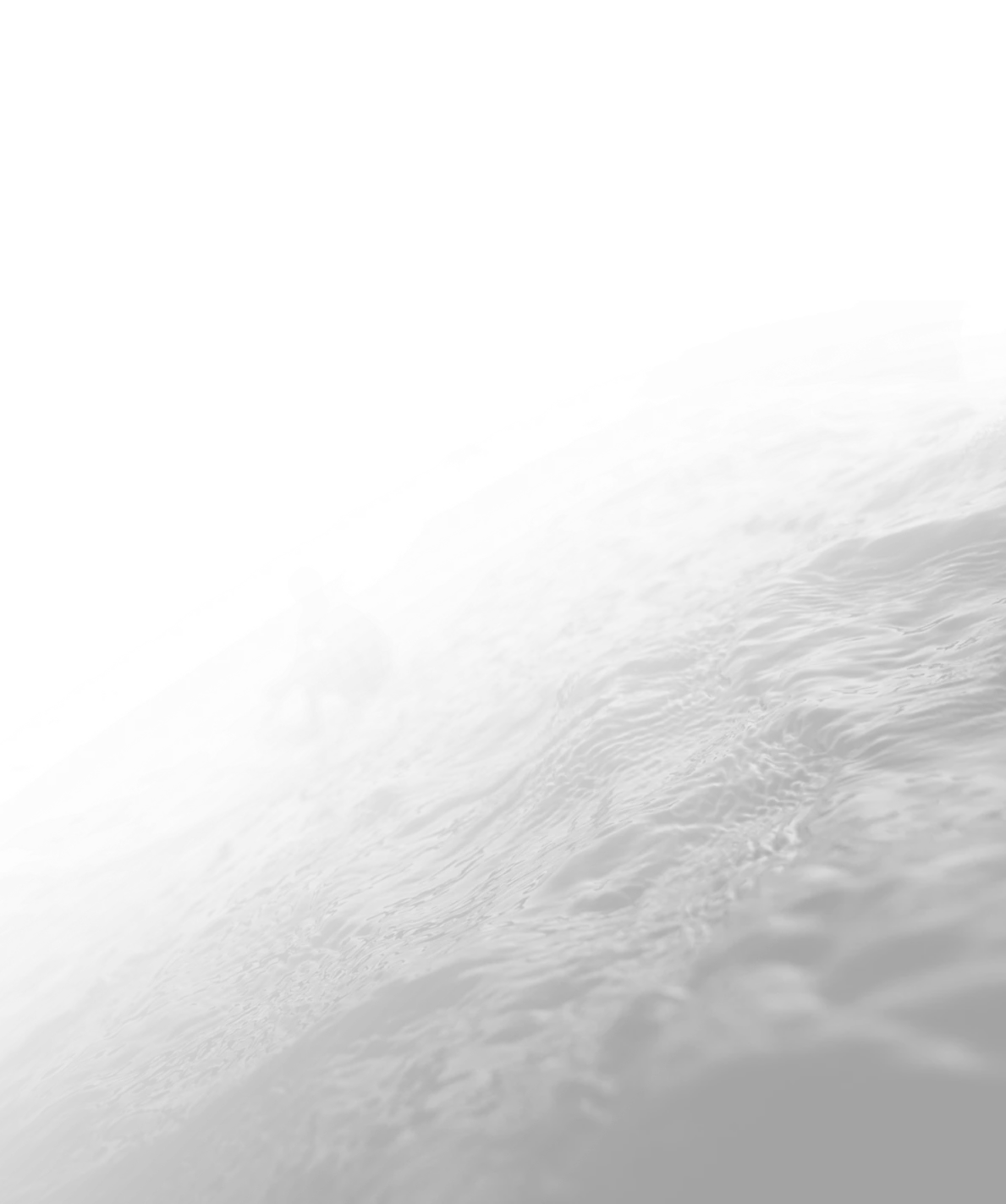Bali is an Indonesian island known for its stunning beaches, lush rice terraces, and vibrant cultural scene. This tropical paradise attracts travellers from around the world seeking a mix of relaxation, adventure, and a taste of Balinese culture.
With its deep spirituality, colourful Hindu festivals, and ancient temples tucked amidst the lush landscape, Bali offers a unique and enchanting experience for visitors. Whether it’s exploring the bustling markets and artisan workshops in Ubud, enjoying water sports and beachfront luxury in Seminyak, or discovering the tranquil beauty of the island’s traditional villages, Bali has something to offer for every type of traveller. Known as the “Island of the Gods,” Bali’s rich history, warm hospitality, and natural beauty make it a destination not to be missed.
Why should you choose to surf in Bali?
Bali is a top surfing destination for several reasons. First, the warm water and tropical scenery create an idyllic setting for catching waves. The island offers world-class waves that cater to all levels of surfers, from beginners to professionals. Furthermore, Bali is known for its uncrowded spots, providing ample opportunities for a more relaxed and authentic surfing experience. The dry season brings favourable swells, making it the perfect time to surf in Bali.
Different regions in Bali offer unique beauty and surfing experiences. The Bukit Peninsula is renowned for its stunning cliffs and consistent surf breaks, while the east coast boasts picturesque landscapes and challenging reef breaks. The west coast is ideal for intermediate surfers with its variety of waves, and the north coast offers a more laid-back and peaceful surfing atmosphere.
In conclusion, Bali’s warm water, tropical scenery, world-class waves, uncrowded spots, and favourable swells during the dry season make it a top surfing destination. With its diverse regions offering unique beauty and surfing experiences, Bali is a must-visit for any surfing enthusiast.
Dry Season
The dry season is a period of the year characterized by little to no precipitation, high temperatures, and low humidity. In many regions, the dry season is associated with drought and water scarcity, impacting agriculture, wildlife, and human populations. This season is often accompanied by an increase in wildfires and the drying up of rivers, lakes, and other water sources. The dry season can have significant economic and social implications, as communities grapple with the challenges of water conservation and maintaining their livelihoods. Despite the difficulties it brings, the dry season also plays a crucial role in shaping ecosystems and promoting certain plant and animal adaptations. Understanding the impacts and dynamics of the dry season is essential for effective resource management and environmental stewardship.
When does the dry season in Bali start and end?
The dry season in Bali typically starts in April and ends in September. This means that the rainy season generally spans from October to March. During the dry season, Bali experiences less rainfall and more consistent sunny weather, making it an ideal time to visit the island for outdoor activities and beach days.
The peak surf season in Bali coincides with the dry season, with the best surfing conditions occurring from May to September. During these months, the west coast of the island, including famous surf spots like Uluwatu and Canggu, experiences consistent swells and offshore winds, making it a paradise for surfers from around the world.
Best Surf Spots in Bali in the Dry Season
Bali’s dry season, which runs from May to September, is a prime time for surfing due to consistent swells and offshore winds. For beginners and intermediate surfers, Kuta Beach offers gentle, sand-bottom waves and a lively atmosphere. Advanced surfers can head to Uluwatu, known for its world-class breaks and fast, powerful waves. Meanwhile, experienced surfers seeking a challenge can tackle the legendary barrel waves at Padang Padang. For a more mellow experience, Canggu Beach provides a variety of breaks suitable for different skill levels, along with a vibrant surfer community. The dry season typically sees waves ranging from 3 to 8 feet, with the peak swell occurring in June and July. Surfers can expect warm water temperatures and sunny skies, making for an enjoyable and consistent surfing experience. Whether you’re a beginner looking to catch your first wave or an experienced surfer seeking adrenaline-pumping breaks, Bali’s surf spots during the dry season offer something for everyone.
Reasons to Visit Bali in the Dry Season
The top surf spots on the western coast of Bali during the dry season are Uluwatu and Padang Padang. These renowned surf spots attract experienced surfers from around the world due to their consistent swells and ideal conditions. During the dry season, which runs from May to September, the Indian Ocean delivers reliable swells, creating perfect waves for experienced surfers to challenge themselves.
One of the key contributors to the quality of the waves during the dry season is the presence of offshore winds. These winds blow from the land towards the ocean, smoothing out the waves and creating clean and hollow barrels. The offshore winds help to hold the waves up, resulting in longer and more powerful rides.
Uluwatu and Padang Padang are known for their world-class waves and pristine conditions, making them ideal spots for experienced surfers seeking a thrilling and rewarding surfing experience. With consistent swells and the added benefit of offshore winds, these surf spots on Bali’s western coast are a must-visit for any surfer looking to catch some of the best waves in the world.
Wet Season
The wet season is a crucial period for many regions around the world, characterized by heavy rainfall, thunderstorms, and an increase in humidity. This season plays a vital role in the ecosystem, providing essential moisture for agricultural activities, replenishing water sources, and supporting the growth of vegetation. Additionally, the wet season is known for its ability to transform landscapes, creating lush and vibrant environments. However, this time of year also brings with it potential challenges, such as flooding, erosion, and the spread of waterborne diseases. Understanding the characteristics and impact of the wet season is important for communities and industries, as it influences various aspects of daily life, from transportation and infrastructure to public health and food security. Overall, the wet season is a natural phenomenon that is both beneficial and impactful, shaping the environment and affecting the livelihoods of those who experience it.
When does the dry season in Bali start and end?
The wet season in Bali typically begins in November and lasts until March. This is due to the changing wind patterns, with the wet season bringing in strong winds and heavy rainfall. Despite the rainy weather, the wet season also brings great surfing conditions, especially on the east coast of Bali. The best times to surf on the east coast during the wet season are usually in the morning, as the winds are calmer and the waves are at their best.
Some of the top beaches on the east coast for surfing during the wet season include Keramas Beach, Nusa Dua, and Sanur. However, the monsoonal downpours can have an impact on surfing conditions, as they can create strong currents and less predictable waves. It is important for surfers to be cautious and aware of the changing weather patterns during this time.
Overall, the wet season in Bali offers some great surfing opportunities on the east coast, but it is essential to stay informed about the weather and surf conditions throughout the year.
Best Surf Spots in Bali in Wet Season
During the wet season in Bali, some of the best surf spots to consider are Canggu, Keramas, and Medewi. The wet season typically runs from November to March, and during this time, the changing conditions and tides can have a significant impact on these surf breaks.
Canggu is known for its consistent waves and variety of breaks, suitable for surfers of all levels. However, during the wet season, the tides can create strong currents and choppy conditions, challenging even experienced surfers. Keramas, on the other hand, offers powerful and hollow waves, which can be affected by the wet season swells and wind. Surfers need to be cautious of the shifting sandbar and changing wave directions. Lastly, Medewi, with its long and peeling left-hand wave, can also be influenced by the wet season’s onshore winds and increased rainfall, creating more challenging surf conditions.
Overall, during the wet season in Bali, surfers need to be mindful of the changing conditions and tides that can affect these surf breaks. Strong currents, choppy waves, and shifting sandbars are some of the challenges that surfers may encounter. It’s essential to stay updated with local forecasts and be aware of the specific features of each surf spot to make the most of the wet season swells.
Reasons to Visit During the Wet Season
Visiting Bali during the wet season offers unique benefits that make it a perfect time to experience the island’s beauty. The glassy surfing conditions during this time attract surfers looking for the perfect wave, and the low crowds provide a peaceful and more personal experience at the beautiful beaches on the east side of the island.
The wet season offers a different but equally enjoyable experience for surfers, particularly beginners. While the weather can be unpredictable, with sudden rain showers and strong winds, it adds an element of excitement and challenge to the surfing experience. The waves may be less consistent, but the glassy conditions and lower number of surfers in the water create a great opportunity for beginners to practice and improve their skills without feeling crowded or overwhelmed.
Overall, the wet season in Bali provides a unique opportunity for surfers to enjoy the beauty of the island’s east side beaches in a more serene and intimate setting, with the added excitement of unpredictable weather conditions. Whether you’re an experienced surfer or just starting out, the wet season on Bali’s east side offers a special surfing experience that should not be missed.
Should you consider yourself as an experienced surfer?
Experienced surfers are those who have spent a significant amount of time in the water, honing their skills and knowledge of the sport. These individuals have likely mastered the art of catching and riding waves, and are comfortable in a variety of surf conditions. With a deep understanding of ocean currents, wave patterns, and board control, experienced surfers have a heightened sense of confidence and capability in the water. Their expertise allows them to navigate crowded line-up’s, read different breaks, and execute advanced manoeuvres with grace and precision. Whether they are shredding on powerful reef breaks or effortlessly gliding along mellow point breaks, experienced surfers carry with them a wealth of experience and passion for the sport.
Surf Camps in Bali for Experienced Surfers
Here are some great surf camps in Bali for experienced surfers:
1. Star Surf
Location: Canggu
Amenities: Accommodation, daily surf guiding, video analysis, and pool
2. Rapture Surfcamps
Location: Padang Padang & Green Bowl
Amenities: Accommodation, surf guiding, daily breakfast, and swimming pool
Rapture Surfacamps Reviews
3. Bali Green Surf School
Location: Seminyak
Amenities: Transfers, equipment, refreshments during lessons and option for private lessons.
4. Padang Padang Surf Camp
Location: Bingin
Amenities: Accommodation, surf guiding, sports activity areas and massage.
These surf camps in Bali offer experienced surfers the chance to ride some of the most famous and challenging waves in the world, while also providing comfortable accommodations and a range of additional activities to enjoy.
FAQs
Surf camps in Bali are specialized accommodations designed for surfers. They typically offer a combination of lodging, surfing lessons, equipment rental, and a community of like-minded individuals. Unlike regular accommodations, surf camps focus on providing a complete surfing experience.
Consider your surfing experience when choosing a surf camp. Some cater to beginners, offering comprehensive lessons, while others are more suitable for intermediate or advanced surfers. Check reviews, inquire about instructor qualifications, and assess the wave conditions near the camp.
Surf camps often provide a range of lessons, including beginner, intermediate, and advanced courses. Beginners can expect basic instruction on paddling, standing up, and safety, while advanced surfers may receive coaching on manoeuvres, wave selection, and style improvement.
Most surf camps in Bali provide surfboards and other necessary equipment as part of their packages. However, it’s advisable to check in advance and inquire about the condition and variety of equipment available. If you have specific preferences or needs, you may choose to bring your own gear.
Bali’s surf conditions vary throughout the year. The dry season (April to September) generally brings consistent swell and favorable conditions, making it the preferred time for surfers. However, it’s advisable to check with the surf camp for the specific conditions during your planned visit.
Some surf camps cater to families and offer kid-friendly lessons. Check with the surf camp about their family-friendly amenities, safety measures, and whether they provide suitable equipment and instruction for children.


